Highlights

The Abstract Prints of Hagiwara Hideo
In 1954, the Japanese oil painter Hagiwara Hideo (1913–2007) turned to woodblock printmaking after falling ill with tuberculosis. Right from the start his prints were abstract in style, which made his reputation abroad as well as in Japan.
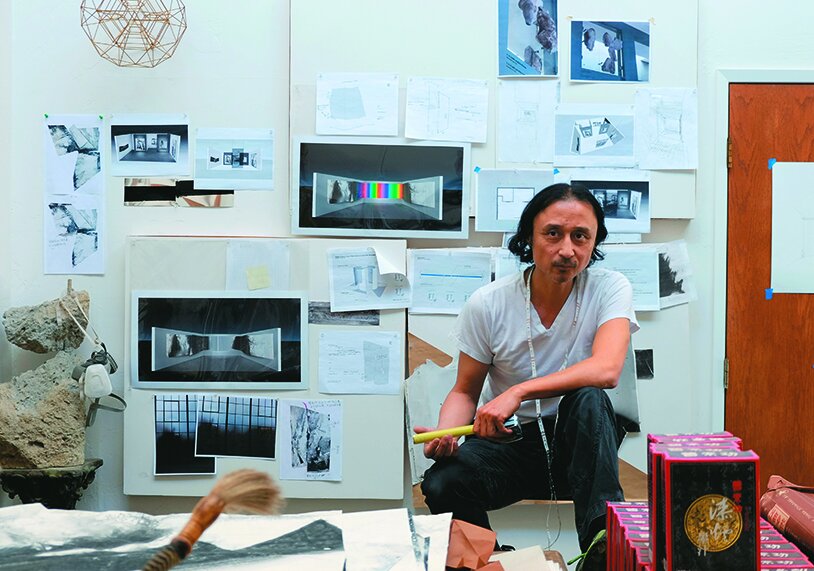
Materials of Inspiration: Zheng Chongbin
Contemporary artist Zheng Chongbin (b. 1961, Shanghai) has turned Chinese painting inside out, focusing on its materials and surface, the performance and process of painting.

Lalan’s Metaphysical Journey Through Her Artistic Practice
Xie Jinglan (1921–95), nicknamed Lalan, was an artist who paved her search into spirituality through the oeuvre she composed, choreographed, performed, and painted.
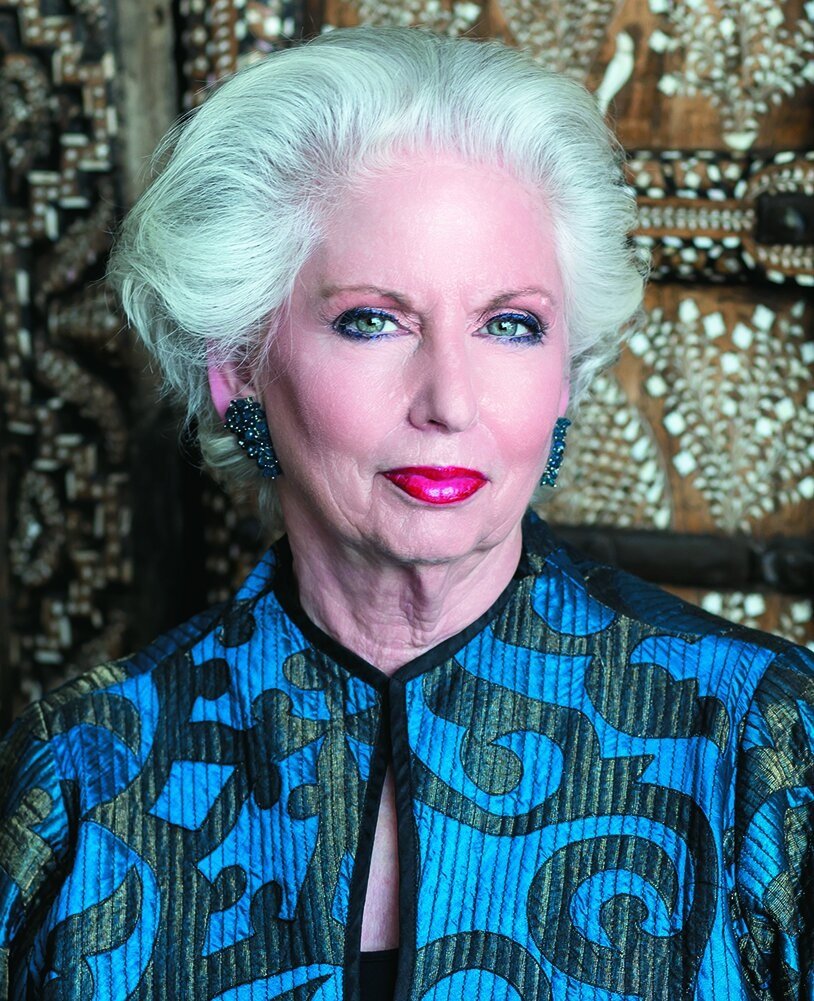
Exquisite Aesthetics: An Interview with Barbara Levy Kipper
The exhibition ‘Vanishing Beauty: Asian Jewelry and Ritual Objects from the Barbara and David Kipper Collection’, on view at the Art Institute of Chicago from 19 June to 21 August this year, showcased the extensive collection of jewellery as well as ritual objects from the Himalayas and other Asian regions to be gifted to the museum by Barbara Levy Kipper.

‘Jewels of Transcendence: Himalayan and Mongolian Treasures’
Humanity has long viewed material treasures as evidence of spiritual riches—just as the earthly powers of the political elite have been (and in many regions continue to be) considered divine.
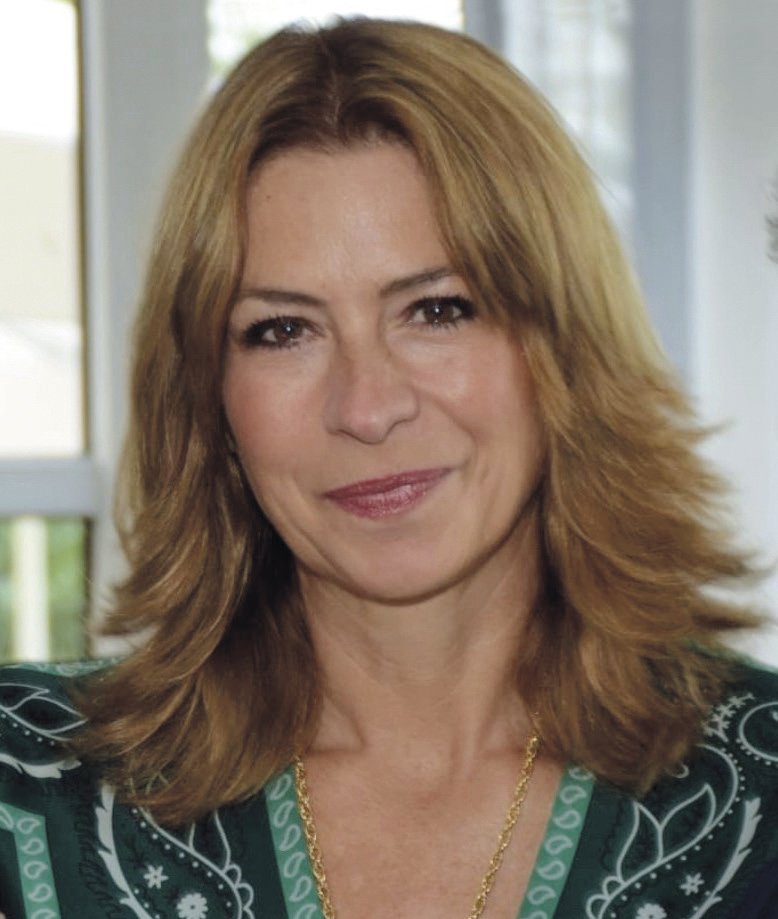
An Interview with Jacqueline von Hammerstein-Loxten
World-renowned Asian art dealer and collector C. T. Loo (1880–1957) masterminded the inception and realization of the Pagoda. Loo commissioned the Pagoda in 1926 and with the help of the architect Fernand Bloch (1864–1945).

Creating Spaces for Asian Art: C. T. Loo and the Nelson-Atkins Museum of Art
The Nelson-Atkins Museum of Art in Kansas City, Missouri, is renowned for its important collection and evocative displays of Asian art. The art dealer C. T. Loo, or Ching-Tsai Loo (Lu Qinzhai in pinyin; 1880–1957), played a pivotal role in both of these strengths.

In Conversation with Wang Xudong, Director of the Dunhuang Academy
The Mogao caves at Dunhuang comprise 492 cave temples, replete with murals, statuary and manuscripts accumulated over the course of 1,000 years, from approximately the 4th to the 14th century. As such, the site is considered one of the most significant troves of Buddhist art anywhere in the world.

Rome and China: Endpoints of the Ancient Silk Roads
This article presents a range of archaeological materials from both the former territory of the Roman Empire and the People’s Republic of China.
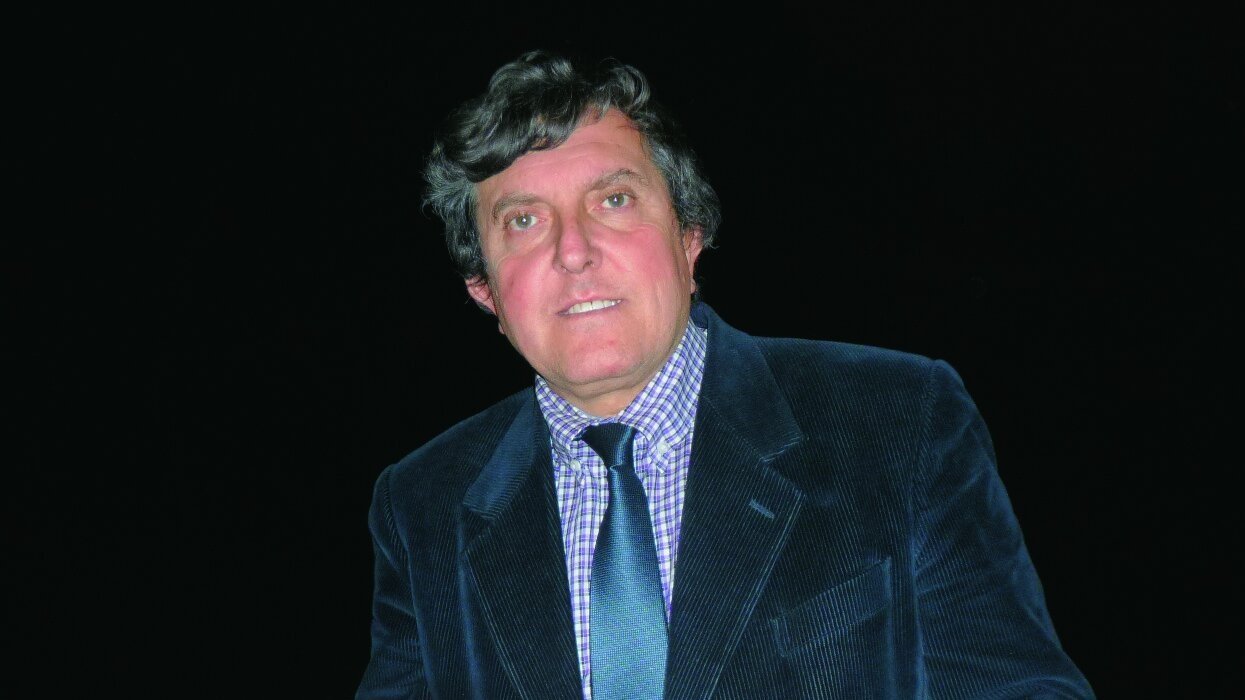
Evolution of a Museum: An Interview with Francesco di Gennaro
The Museo Nazionale d’Arte Orientale ‘Giuseppe Tucci’ (MNAO) in Rome was established in 1957 and opened to the public in 1958. With a focus on Asian art, its existence can be largely attributed to the work of the scholar and explorer Giuseppe Tucci (1894−1984).

Forging a Legacy: The Jambiya, Yemen’s Iconic Weapon
For many cultures and societies across the globe, arms and armour played an important role off the battlefield, particularly as markers of social status, military rank, courage, and wealth. In Yemen, this tradition continues to prevail with a dagger known as the jambiya or janbīyyah.

The Storrier Stearns Japanese Garden in Pasadena, California
The Storrier Stearns Japanese Garden in Pasadena, California, originally built in the 1930s by one Japanese immigrant designer and restored 70 years later by another.

Sigiriya: An Early Designed Landscape in Sri Lanka
Inscribed today on UNESCO’s World Heritage List, Sigiriya, an archaeological site in central Sri Lanka, may be one of the old-est gardens known in Asia. The late antique (4th–7th century) remains of buildings, zoomorphic architecture and rock paint-ings upon its central outcrop have elicited interpretation since the late 19th century (Figs 1 and 2). Sigiriya was thought to be a palace complex, and the art historian Ananda Coomaraswamy likened its paintings to the Gupta period (c. 320–550 CE) cave paintings at Ajanta in India (Coomaraswamy, 1971, p. 163).
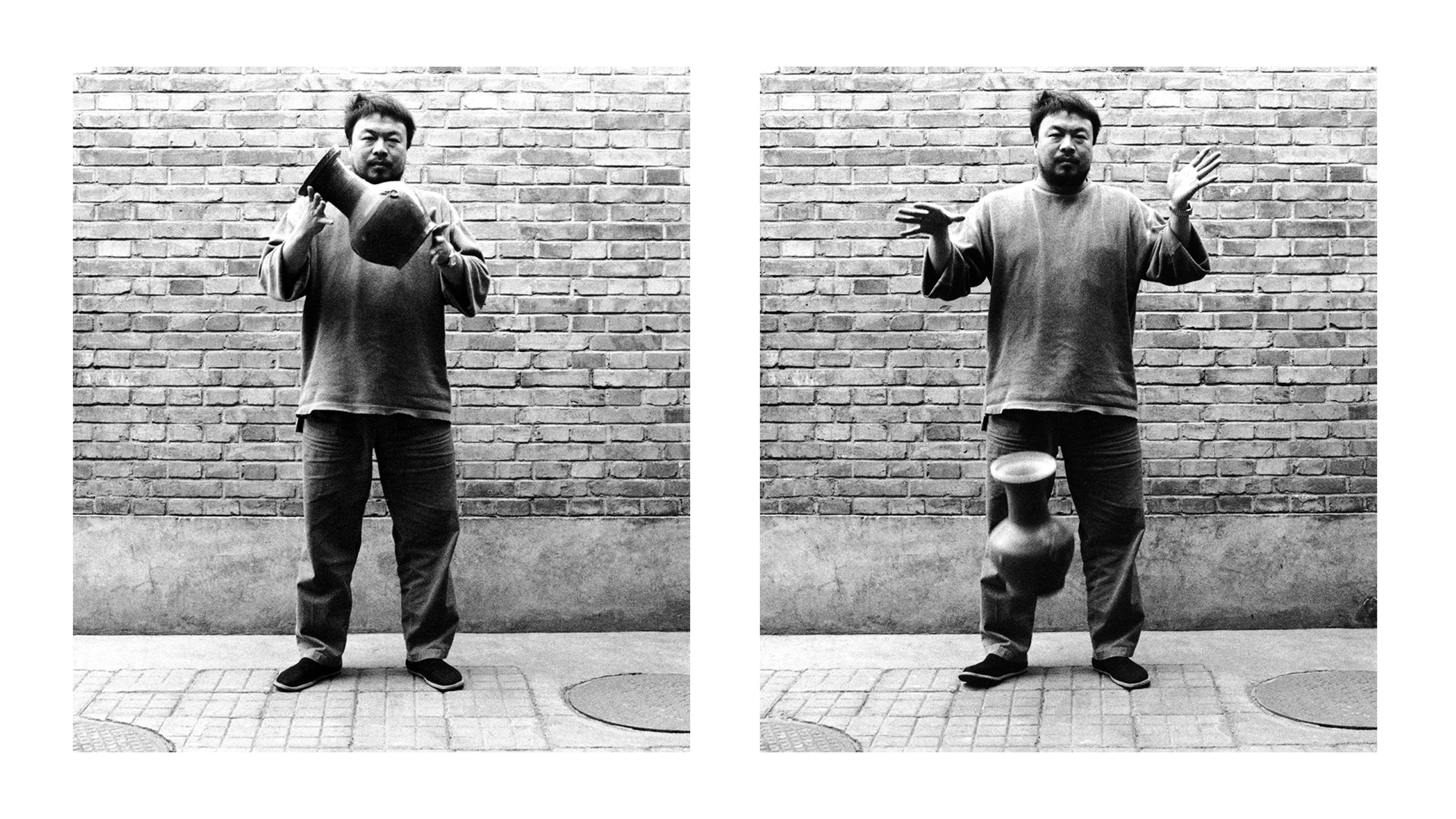
A Battlefield of Judgements: Ai Weiwei as Collector
One wonders, however, whether this artist is not best known for the wrong reasons. Ai Weiwei, son of the celebrated modern poet Ai Qing (1910–96), has a side that is often overlooked. This larger-than-life figure is one of the most passionate collectors and connoisseurs of Chinese antiquities, particularly jade, that I have met. In fact, he financed much of his early work as a contemporary artist through the sale of antiques.

The Vohemar Necropolis, Madagascar, and the Regional Distribution of Chinese Ceramics in the Swahili World (13th–17th century)
Archaeological artefacts unearthed from the Vohemar necropolis, mainly consisting of funerary objects, are currently kept both in France (the Quai Branly–Jacques Chirac Museum in Paris and the Museum of Natural History in Nîmes) and in Madagascar (the Museum of Art and Archaeology at the University of Antananarivo). They constitute an exceptional array of perfectly preserved objects: weapons (swords), iron tools (needles, daggers, knives, and scissors), everyday utensils (ceramic jars, ceramic bowls, glass bottles, and spoons of mother-of-pearl), and ornaments (bronze mirrors; agate and glass-bead necklaces; silver and glass-bead bracelets; and gold, silver, bronze, and agate rings). It is important to highlight the staggering number of well-identified imported items among these funerary objects. Along with Chinese ceramics, which are the most numerous, there is Islamic glassware, Indo-Pacific glass beads, bronze mirrors (probably of Islamic origin), and Indian and southeastern Asian gold or silver jewellery.
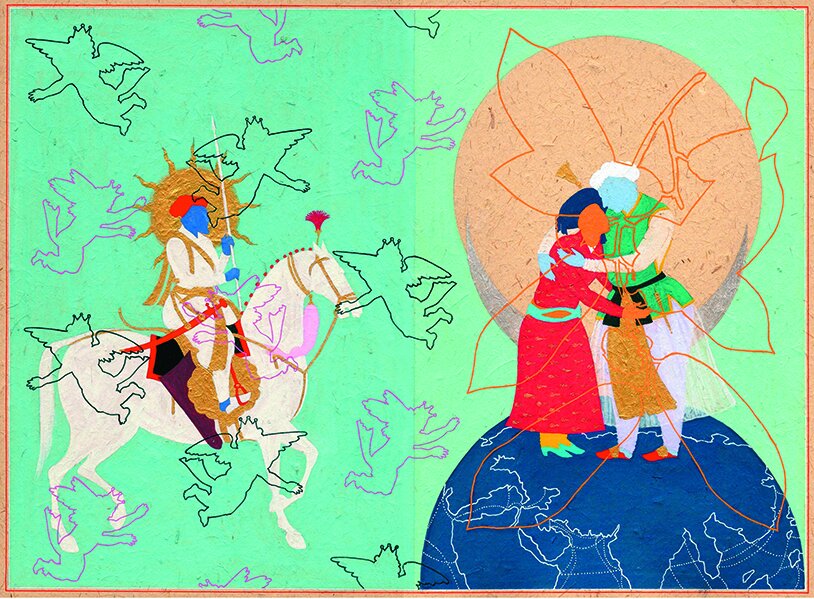
Loaded Histories: The Global Constructions of Nusra Latif Qureshi
One of the most striking qualities about the work of contemporary artist Nusra Latif Qureshi is how she illustrates the absent. Her work embraces the traditional, while maintaining a shrewd eye towards historical content and the conceptual. Born in 1973, Qureshi earned her BFA at the National College of Arts (NCA) in Lahore, as part of a contemporary miniature painting programme . Like her classmates, she began her training by copying illustrated manuscript paintings from the Mughal, Rajput and Persian schools. The focus on technical precision, repetitive exercise and careful observation that this required acted as a stepping-stone towards contemporary global art practice.

‘Saints and Kings: Arts, Culture and Legacy of the Sikhs’
The Asian Art Museum of San Francisco celebrates the heritage of the Sikhs with the exhibition ‘Saints and Kings: Arts, Culture and Legacy of the Sikhs’ (10 March–18 June 2017). Thirty artworks drawn from the museum’s own collection in a range of media, including paintings, photographs and textiles, explore three aspects of Sikh identity: religion, courtly culture and the community’s history in California.

Pursuing the Aesthetic: An Interview with Lee Min-te and Patty Liu
In October 2012, Taiwan’s Ching Wan Society marked its 20th anniversary with an exhibition of bronzes, porcelain, paintings and works of art selected from the collection of its members at the National Museum of History, Taipei (see Hsiung Yi-Ching, ‘The Ching Wan Society: Twentieth Anniversary Reflections, Orientations, October 2012, pp. 85–89). The objects shown included works owned by Lee Min-te, who collects Chinese ceramics and works of art, and his wife Patty Liu, who is interested in Chinese 20th century and contemporary paintings. Orientations visited Lee and Liu at their home in Taichung to talk about their collecting journey.

Espadarte (1558): Evidence of Early Portuguese Trade in Porcelain via Africa
Although the wreck site of the Espadarte, discovered in May 2001, had been looted in the 1990s by treasure hunters and sport divers, the excavations show that the nau was carrying a full load of cargo, consisting of: gold; spices (pepper, nutmeg, and mace); Martaban storage jars filled with carnelian, seeds, and cowrie shells; and porcelain of the late Ming dynasty.
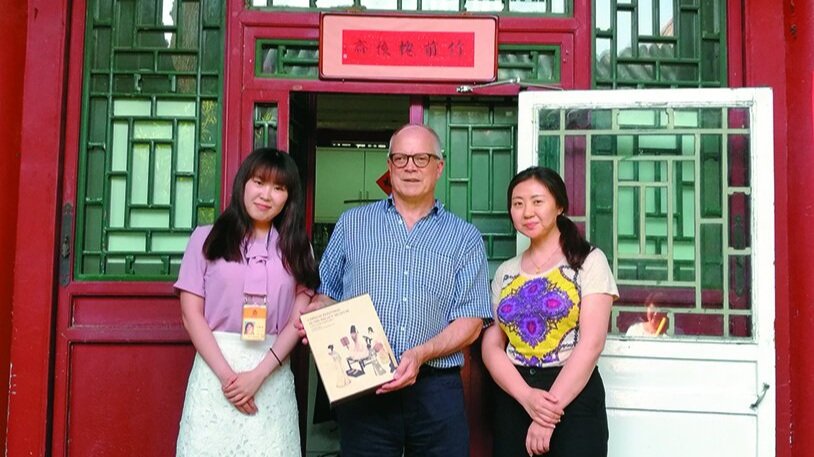
Autumn Viewing in the Forbidden City: An Interview with Dickson Hall
In late 2016, The Forbidden City Publishing House released a colour edition of a catalogue of the early paintings in the Palace Museum, Beijing that had originally been published in the late 1980s. The catalogue, Chinese Paintings in the Palace Museum (4th–14th Century), is unique in that it was written in English by a Western scholar with unprecedented access to the paintings, and in that it was intended as a guide for Westerners visiting the regular autumn display of the works. The author, Dickson Hall, was one of the first Westerners to study at Beijing’s Central Academy of Fine Arts (CAFA) after the Cultural Revolution (1966–76).
